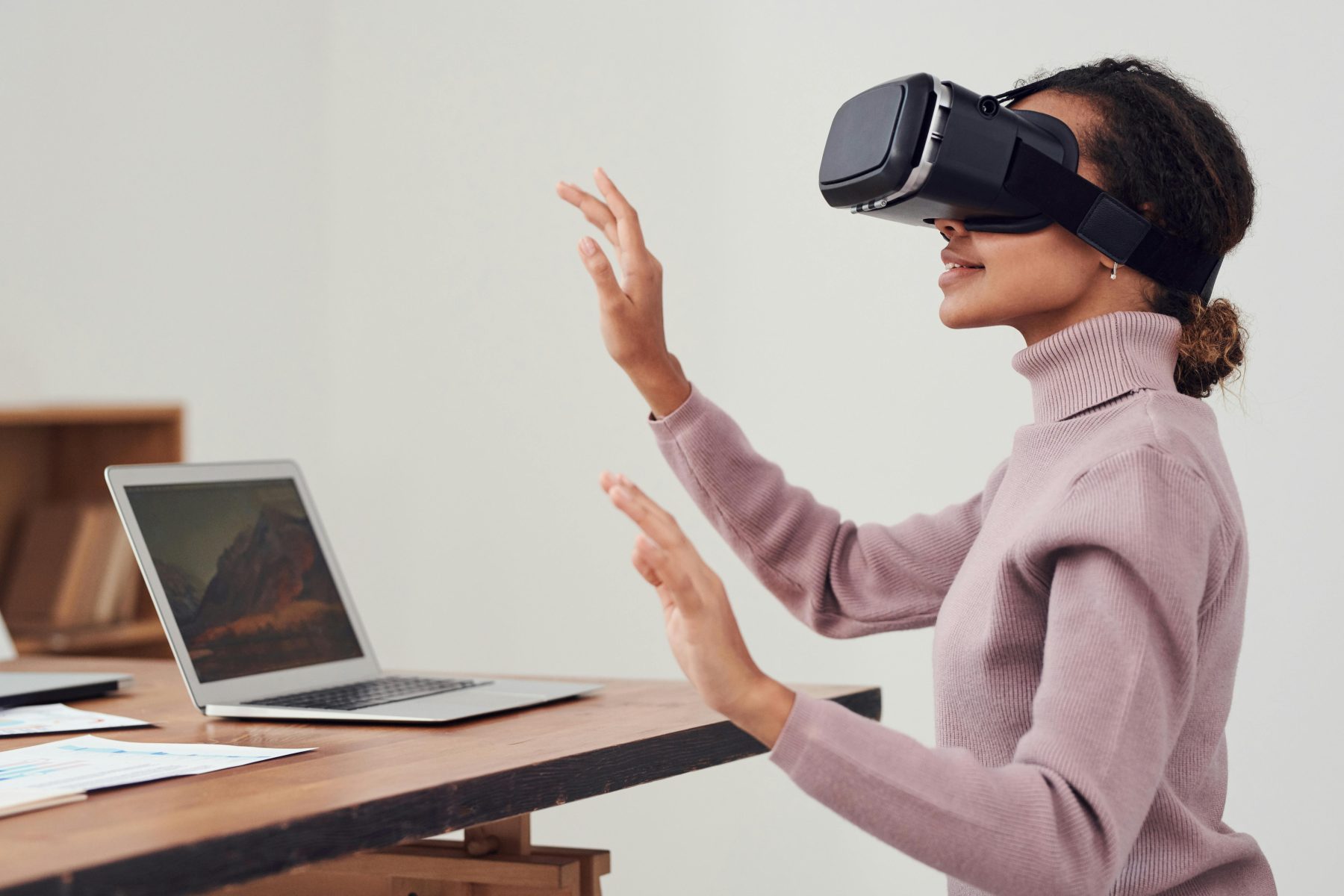
When the first ever VR (Virtual Reality) headset was released (I think the first ones were called Oculus Rift), they screamed ‘nerd’!
Aside from looking rather amusing, it also made me wonder about how they could be used in future settings, as the focus then in 2016 was almost entirely on gaming.
Since then, they have been further popularised by Mark Zuckerberg and his ‘metaverse’ and used further afield in areas such as military operations.
However, where they have the potential to make a huge impact (and indeed are already having) is in an educational setting, for example, virtual practice in med-school.
As the technology gets cheaper to make, an increasing number of schools are starting to implement them in order to create a more futuristic learning environment.
I think they could certainly provide interesting solutions for making schoolwork more interactive and engaging.
One example, might be a virtual field trip for Geography students.
Field trips are of course often expensive and time-consuming, so VR headsets could be a great solution here and give younger students a greater appreciation and visualisation of the world at an earlier age.
I also see VR headsets being used for foreign languages; this might come in the form of interacting with native speakers in a foreign country and maybe some form of game-based learning whereby you score points for how well you can carry a conversation in the language.
This would be an easy way to put language learning into genuine practice without having to leave the classroom!
All of this makes me wonder, will at some point soon, ‘VR rooms’ be a thing in schools? Or classrooms where everyone has a VR headset on.
It certainly seems like this is fast becoming a reality and one we will see in the next few years, maybe even months!
Further Reading:
Tim Bajarin – VR’s Potential Impact on The Classroom (Forbes)
